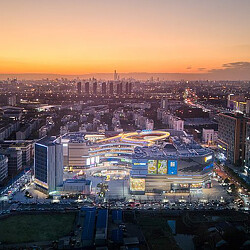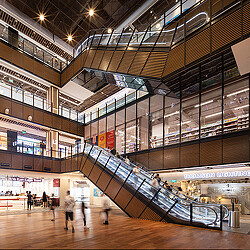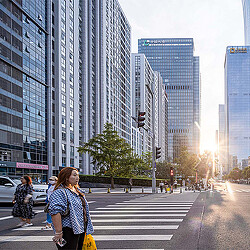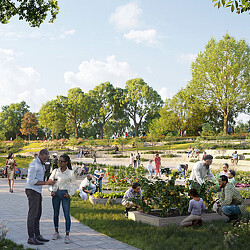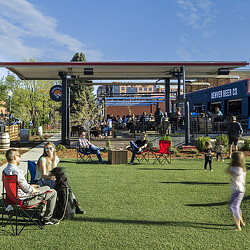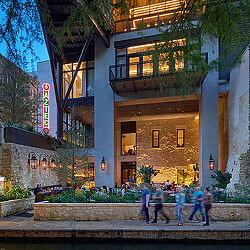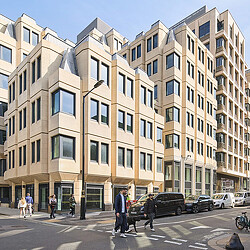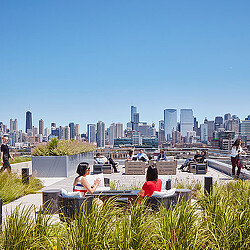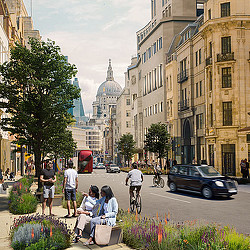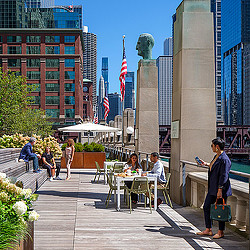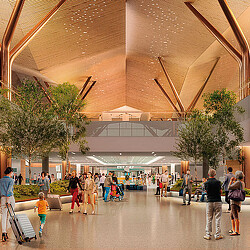The 20 Cities Attracting the Most Newcomers
New city residents often leave within five years. To remain successful, these magnetic cities must also engage and retain their new populations.
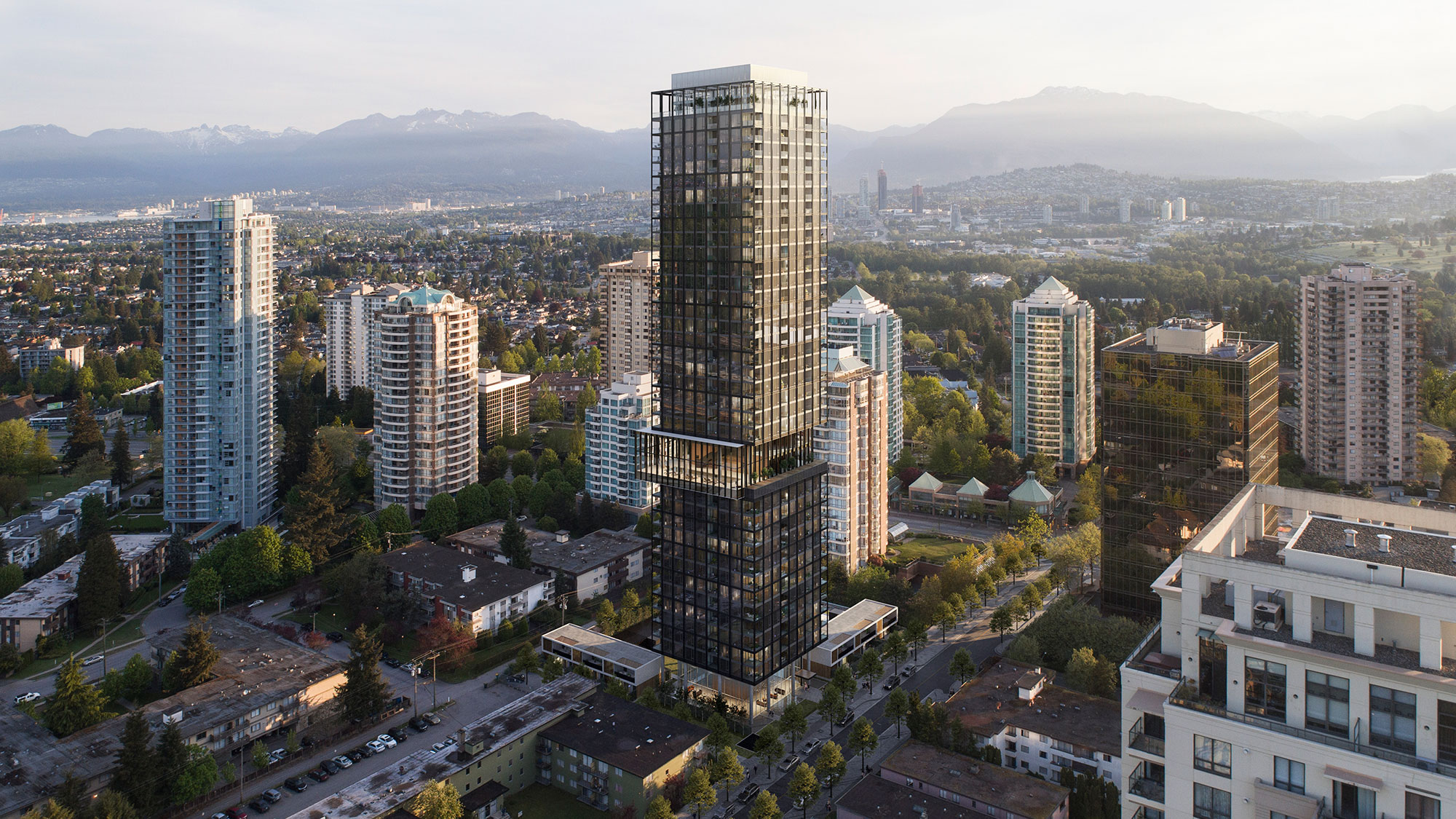
Drawing on data gathered from 33,000 urban residents across 65 cities worldwide, Gensler’s City Pulse 2025: The Magnetic City reveals that nearly one in 10 people living in cities plan to relocate within the next year — and where they choose to go reflects patterns in urban migration that can be observed at a global scale.
To identify which cities attract the most new residents, we ranked our surveyed cities based on the percentage of their population made up of newcomers — defined as people who have lived in their current city for five years or less. Cities with the highest proportion of these recent movers are the most magnetic, drawing new populations from across the country and the world.

In the United States, rather than flocking to large, top-tier cities like New York, Los Angeles, and Chicago, new residents are gravitating toward smaller or mid-sized cities — especially those in the rapidly growing Sun Belt region, such as Tampa and Raleigh. While several large U.S. cities did make the list, strikingly, none of the country’s five most populous cities appear here. In fact, a plurality of survey respondents say their ideal next home would be in a city smaller than the one they currently live in.
Cities outside the U.S. tend to attract a smaller percentage of new residents than their American counterparts. This could be due to the relative ease of internal movement in the United States, where borders between states are fully open, language barriers are limited, and opportunities for relocation are abundant.

Two other cities of interest — Abu Dhabi and Dubai — do not appear on this list. With populations made up of approximately 35% newcomers, these Emirati cities are distinct global outliers. This is likely due to the prevalence of temporary labor in the United Arab Emirates (UAE), where individuals from other countries often work on short-term contracts, typically lasting less than five years. As such, these two cities represent a unique case and were excluded from this Top 10 list.
Why These Cities?
What makes certain cities so attractive to new residents? In our survey, four factors reigned supreme:
- Cost of living
- Level of crime
- Availability of high-quality health care
- Job opportunities
When people move by choice, the cost of living is the most influential factor in deciding where they go. For City Pulse 2025, Gensler researchers analyzed moving trends alongside publicly available data and found a strong correlation between higher local purchasing power and a city’s ability to attract new residents.
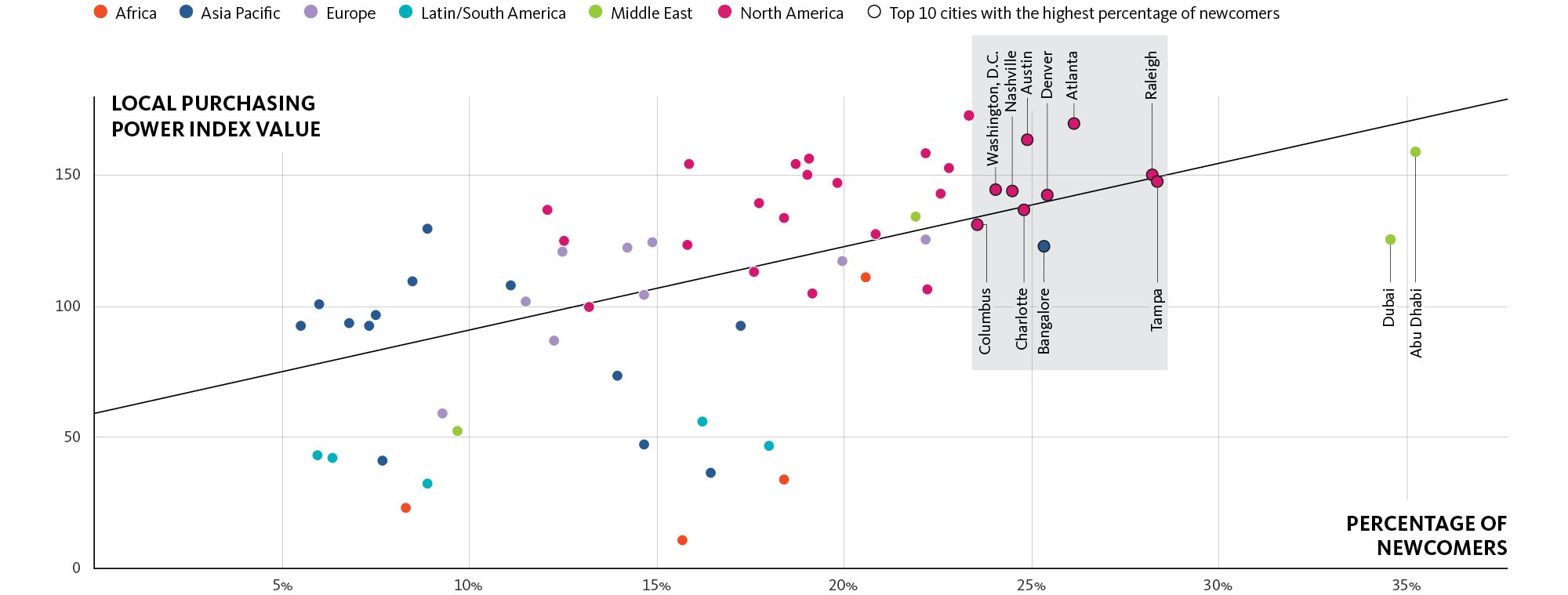
However, these newcomers may not stay for long. Our survey found that over 40% of newcomers are already considering their next move and intend to relocate again soon.
In the future, the most magnetic cities will be those that not only attract new residents but also succeed in retaining these often-transient newcomer populations. For city leaders, these findings highlight the importance of adapting urban priorities to both welcome newcomers and foster long-term community engagement — providing a strategic roadmap to build vibrant, resilient cities where people choose to stay and thrive.

For media inquiries, email .




